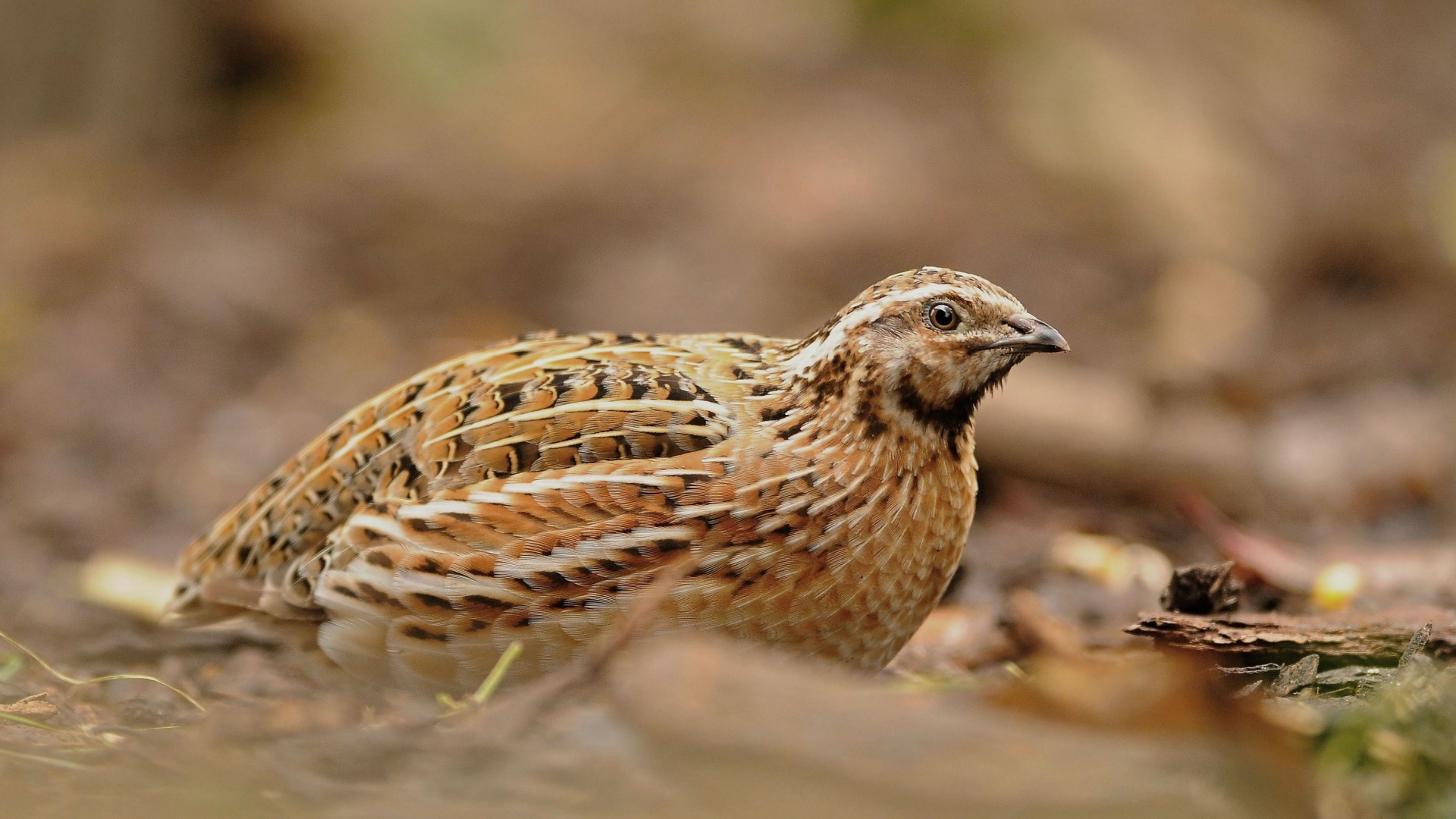Quails, those small, plump terrestrial birds, are a captivating subject for bird enthusiasts and nature lovers alike. Their unique behaviors, habitat choices, and interactions within ecosystems highlight their significant role in the avian world.
From their incredible adaptation skills to their surprising social structures, each fact reveals a new dimension of these remarkable birds.
So, prepare to embark on a journey of discovery and uncover the secrets of quails you probably never knew.
1. Quail Camouflage Skills
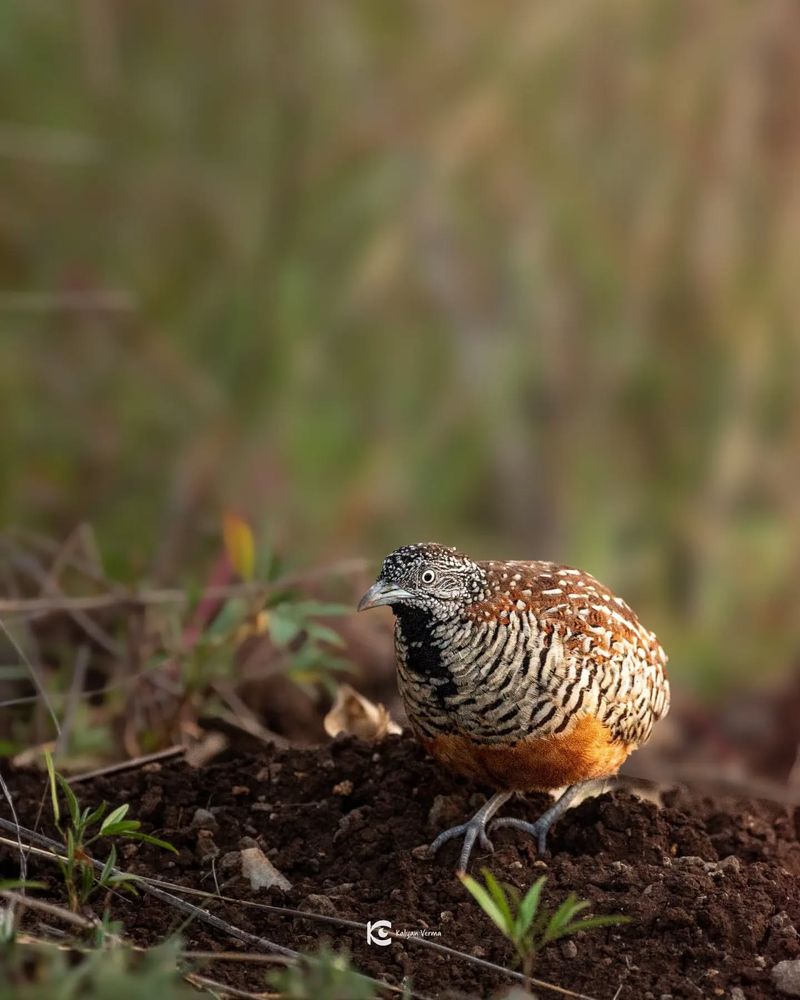
In the wild, quails exhibit an extraordinary ability to blend into their surroundings. This camouflage is not just a superficial trick of feather patterns—it’s a survival strategy honed over centuries. The mottled feathers of quails mimic the textures and hues of their habitat, providing them a stealthy edge against predators.
Imagine a quail nestling into the forest floor amidst dry leaves and twigs. This visual deception allows them to evade detection from ground-based hunters and aerial predators alike. Interestingly, their ability to remain motionless complements their camouflage, ensuring maximum concealment.
This natural art of blending is crucial, especially during the breeding season when they are most vulnerable. By freezing at the slightest hint of danger, quails effectively transform into an unnoticed part of the landscape, highlighting nature’s ingenuity in adapting to threats.
2. The Unique Quail Call
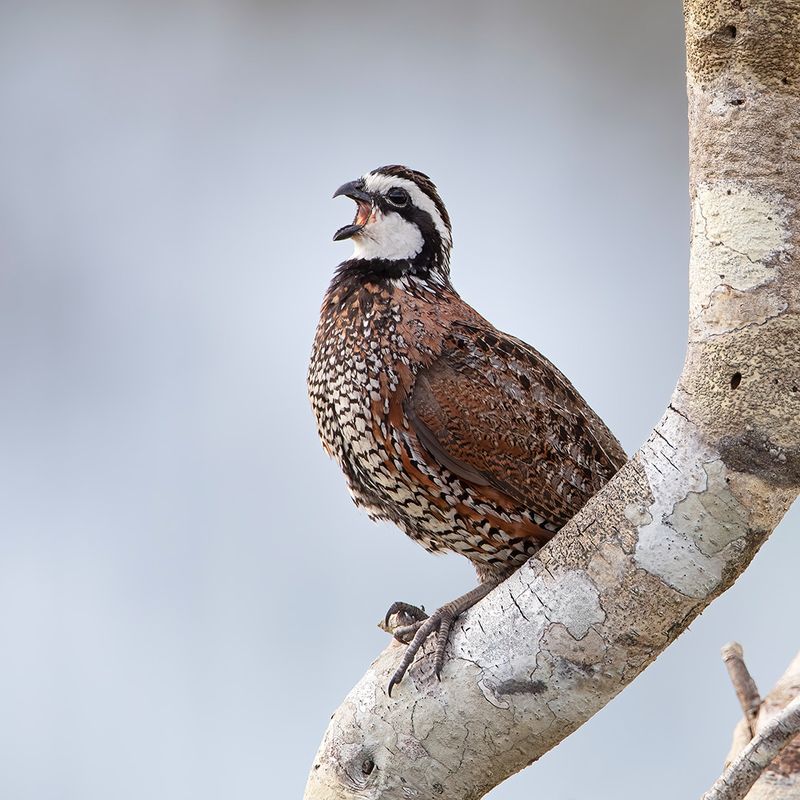
Beyond their silent camouflage, quails are known for their distinctive calls, which serve various purposes within their communities. These calls are not just random chirps but are structured signals that convey specific messages to their fellow quails.
Each call can indicate a range of emotions or alerts, from signaling danger to coordinating movements of the group. During mating seasons, the calls become more intense and frequent, playing a pivotal role in attracting mates and establishing territories.
The quail’s call is often described as a musical, repetitive tone that echoes through their habitats at dawn and dusk. This auditory communication is essential for maintaining social bonds and ensuring the safety of the covey. The ability to understand and respond to these calls demonstrates the quail’s complex social structure and intelligence.
3. Quail’s Rapid Reproduction
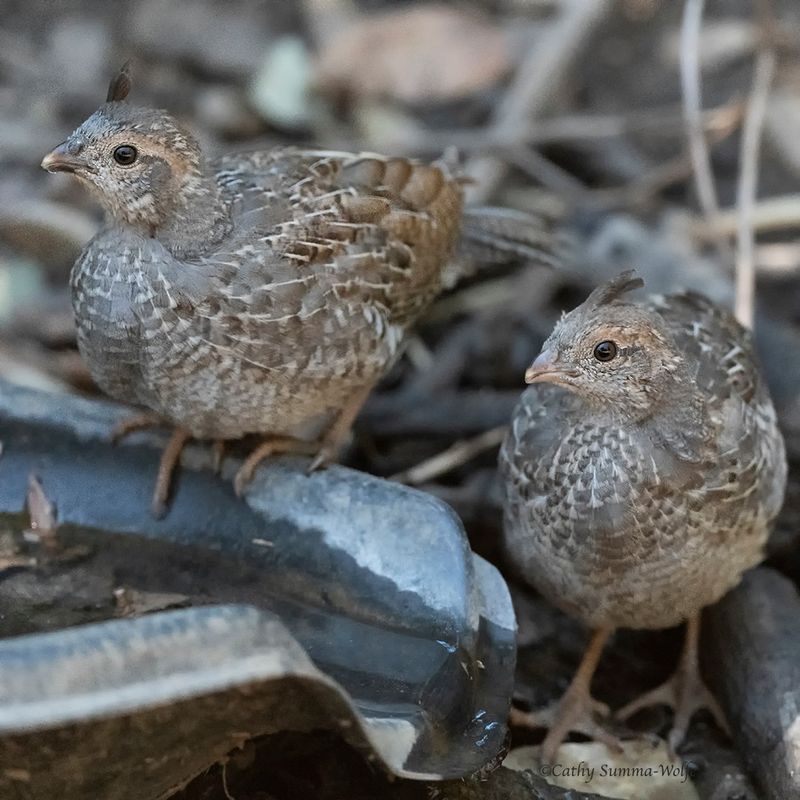
Quails are renowned for their rapid reproductive cycles, which is a vital adaptation to their often precarious environments. These birds can produce several clutches of eggs each year, with each clutch containing multiple eggs. This high reproductive rate ensures the survival of their species despite the numerous threats they face.
The incubation period is remarkably short, allowing quail populations to rebound quickly after adverse events such as predation or habitat loss. Female quails are dedicated mothers, often seen leading their young in search of food and teaching them essential survival skills.
This prolific reproduction strategy is not just a numbers game; it’s a calculated method to increase the chances of offspring reaching maturity. By laying many eggs and caring diligently for their young, quails boost their odds of maintaining stable populations, showcasing their resilience and strategic adaptation to environmental pressures.
4. Quail Dietary Preferences
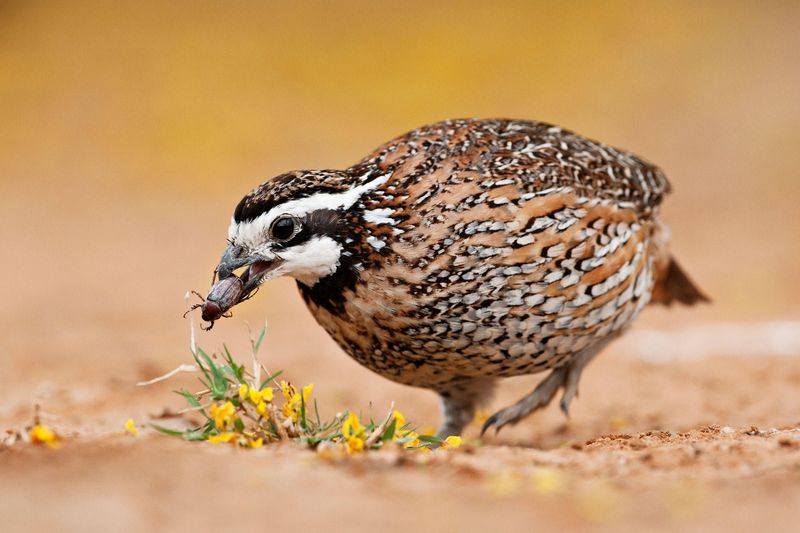
Quails boast a diverse diet that plays a significant role in their adaptability and survival. Primarily, they feed on seeds, which form the bulk of their diet, providing them with essential nutrients and energy for daily activities. However, their diet is not limited to seeds.
These birds also consume a variety of insects, especially during the breeding season when protein requirements are higher. This opportunistic feeding behavior ensures they get a balanced diet, vital for their health and reproductive success.
Their ability to switch between seeds and insects depending on availability showcases their adaptability to varying environmental conditions. This dietary flexibility not only aids their survival but also helps control insect populations, contributing to the ecological balance within their habitats.
Quails, through their feeding habits, play a subtle yet impactful role in maintaining the health of their ecosystems.
5. The Social Structure Of Quails
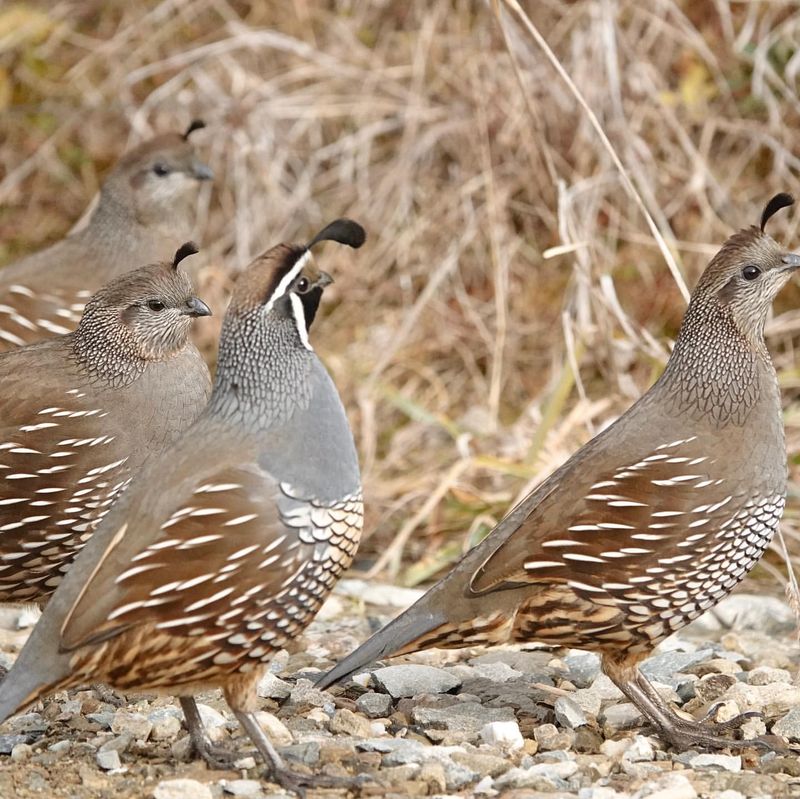
Quails exhibit intriguing social structures that are both complex and cooperative. Typically, these birds form groups known as coveys, which function much like a close-knit community. Within these groups, quails display remarkable cooperation, sharing responsibilities such as foraging and keeping watch for predators.
This social arrangement provides multiple benefits, including increased protection from threats and improved foraging efficiency. By working together, they can cover larger areas and locate food sources more effectively.
Coveys are not only about survival; they also play a crucial role in social learning. Young quails learn valuable life skills by observing and interacting with older members. This communal living structure reinforces the importance of cooperation and social bonds, ensuring the well-being and continuity of the group. Such social dynamics highlight the quail’s intelligence and their adaptation to both environmental and social challenges.
6. Quail Nesting Habits
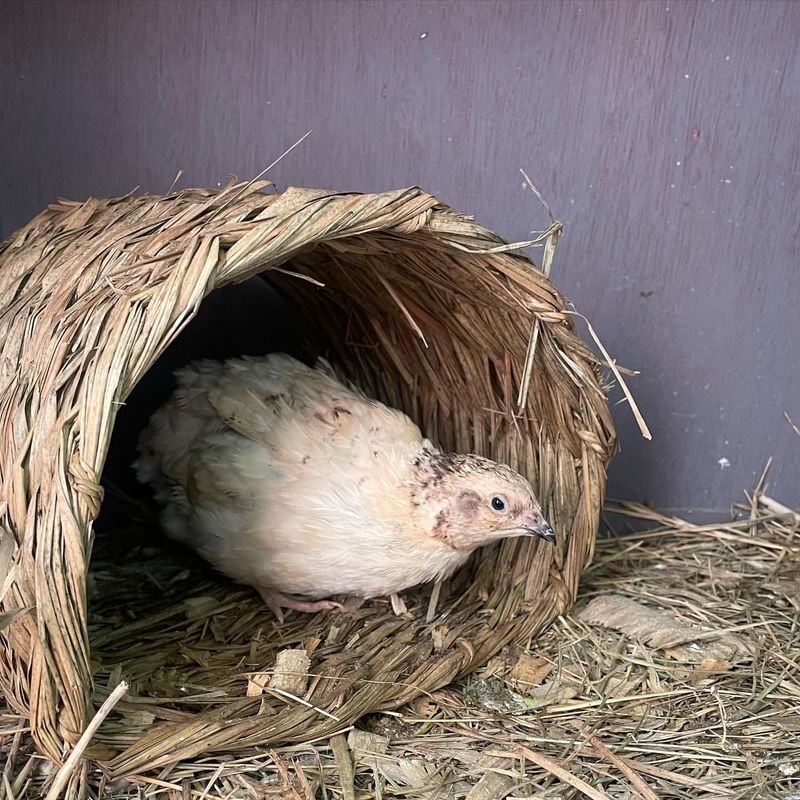
When it comes to nesting, quails exhibit strategic thinking and resourcefulness. These birds typically choose ground-level locations, often under dense foliage or grasses, to construct their nests. This choice provides both concealment from predators and proximity to food sources.
The nesting site is often a simple scrape on the ground lined with leaves and grass, showcasing the quail’s minimalist and efficient approach to nest-building. This simplicity does not compromise safety; in fact, it enhances the nest’s ability to blend seamlessly into the environment.
During the incubation period, quail parents take turns guarding the nest and ensuring the eggs remain warm and protected. This cooperative effort underscores the strong parental instincts and collaboration between mates. The nesting habits of quails reflect their evolved strategies to maximize reproductive success and survival in the wild.
7. Migratory Patterns Of Quails
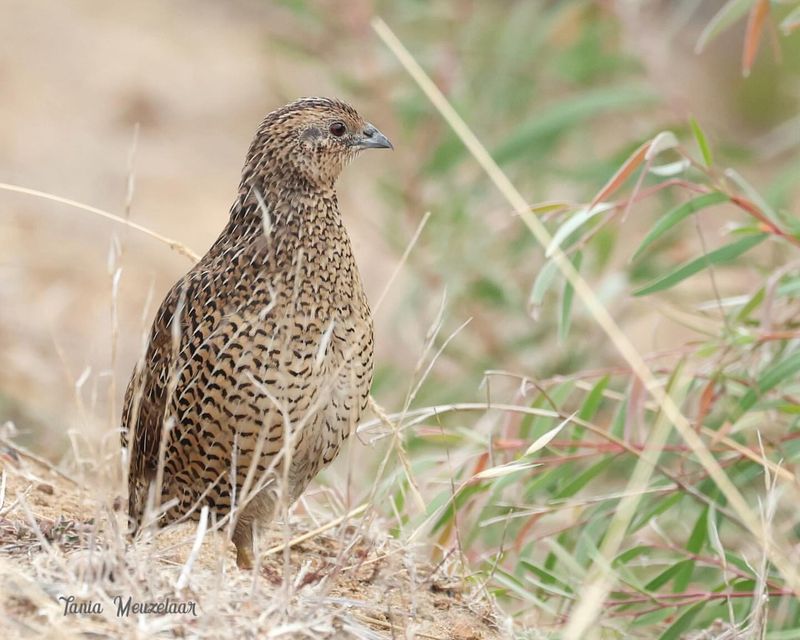
Migration is a notable aspect of the quail’s life cycle, influenced by seasonal changes and environmental conditions. Certain quail species undertake long journeys, moving between breeding and wintering grounds to take advantage of favorable climates and abundant resources.
This migratory behavior is not uniform across all quail species. Some are sedentary, while others, like the bobwhite quail, exhibit partial migratory patterns depending on geographic location. The decision to migrate is often driven by the need for suitable breeding habitats and food availability.
Migration poses significant challenges and requires immense energy. Quails rely on their fat reserves built up during non-migratory months to sustain their long flights. Their ability to navigate vast distances is a testament to their resilience and adaptability, showcasing nature’s intricate planning in the survival strategies of these birds.
8. Quail’s Role In Ecosystems
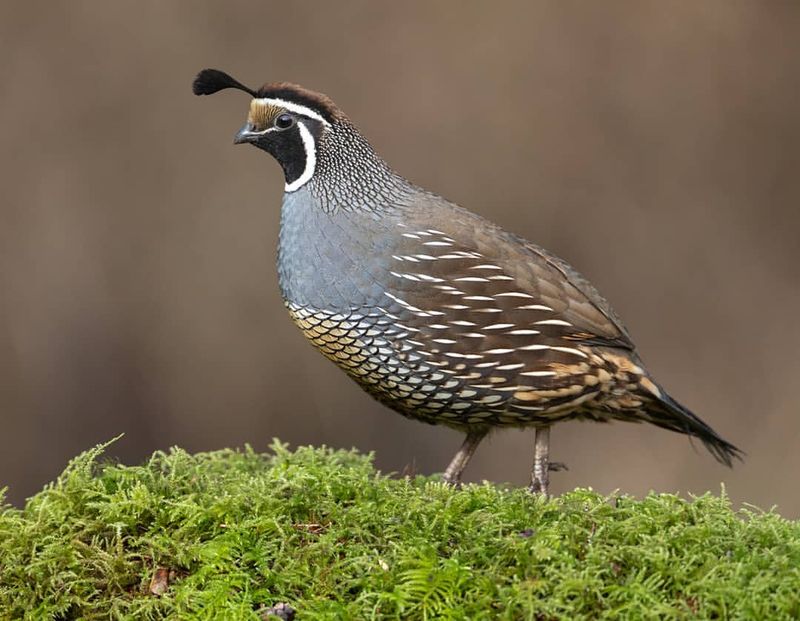
Quails play a multifaceted role in maintaining the health and balance of ecosystems. They are integral components of the food web, both as predators and prey. By consuming seeds and insects, quails help regulate plant growth and control insect populations, contributing to biodiversity.
Their foraging activities also aid in seed dispersal, promoting the growth of various plant species. This role is crucial for maintaining plant community dynamics and supporting other wildlife that depends on these plants.
Additionally, quails serve as prey for a range of predators, including mammals and birds of prey. This positions them as vital links in the transfer of energy within ecosystems, highlighting their ecological significance.
The presence of quails in an area often indicates a healthy and balanced ecosystem, demonstrating their importance beyond mere survival.
9. Quail Conservation Challenges
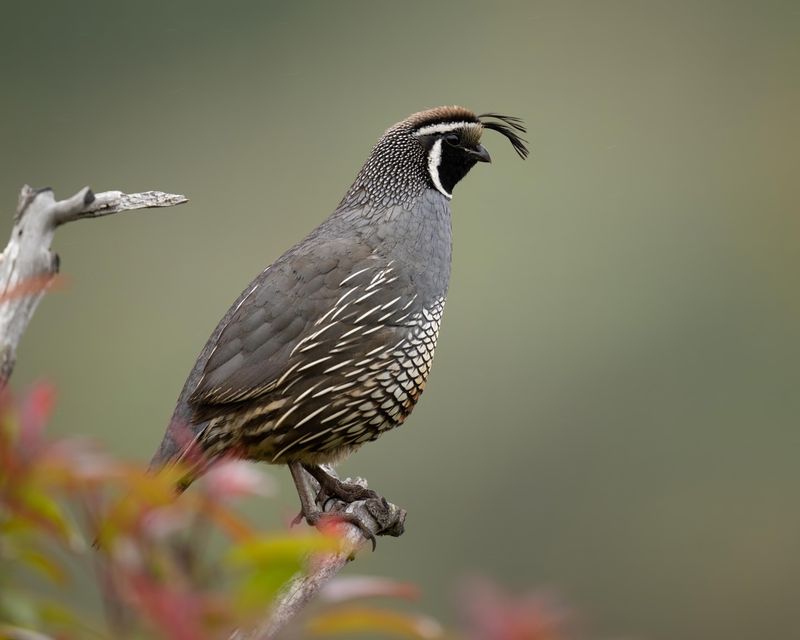
Despite their resilience, quails face numerous conservation challenges that threaten their populations. Habitat loss due to urbanization and agricultural expansion is the most pressing issue, as it reduces the availability of suitable nesting and foraging grounds.
Pesticide use in agriculture further exacerbates their decline by contaminating food sources and reducing insect populations. Climate change also poses significant threats by altering habitats and affecting food availability.
Conservation efforts focus on habitat restoration and protection, promoting sustainable agricultural practices, and raising awareness about the ecological role of quails. By understanding and addressing these challenges, we can ensure the survival of quail populations and preserve the biodiversity of the ecosystems they inhabit. Conservation initiatives highlight the interconnectedness of human activities and wildlife, emphasizing the need for sustainable coexistence.
10. Quail’s Adaptive Evolution
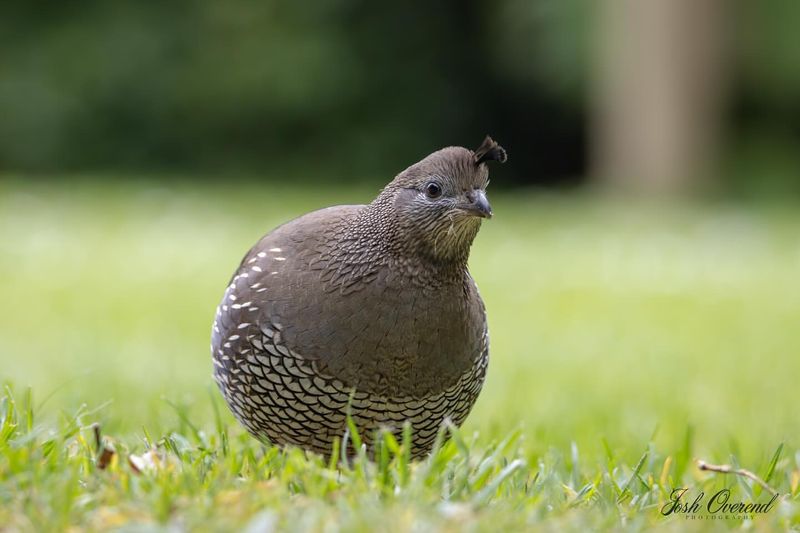
Quails have undergone remarkable adaptive evolution to thrive in diverse environments across the globe. Their ability to adapt to different climates, ranging from arid deserts to lush forests, showcases their evolutionary success. Morphological adaptations, such as feather coloration and body size, aid in their survival and reproductive success.
Behavioral adaptations, including their social structures and reproductive strategies, further enhance their adaptability. These evolutionary traits have enabled quails to colonize various habitats and maintain stable populations despite environmental changes.
Understanding the adaptive evolution of quails provides insights into their resilience and highlights the dynamic nature of evolutionary processes. This knowledge underscores the importance of preserving diverse habitats to support the continued evolution and survival of these fascinating birds.
Quails’ evolutionary journey is a testament to nature’s ingenuity and the interconnectedness of life on Earth.
11. The Lifespan Of Quails
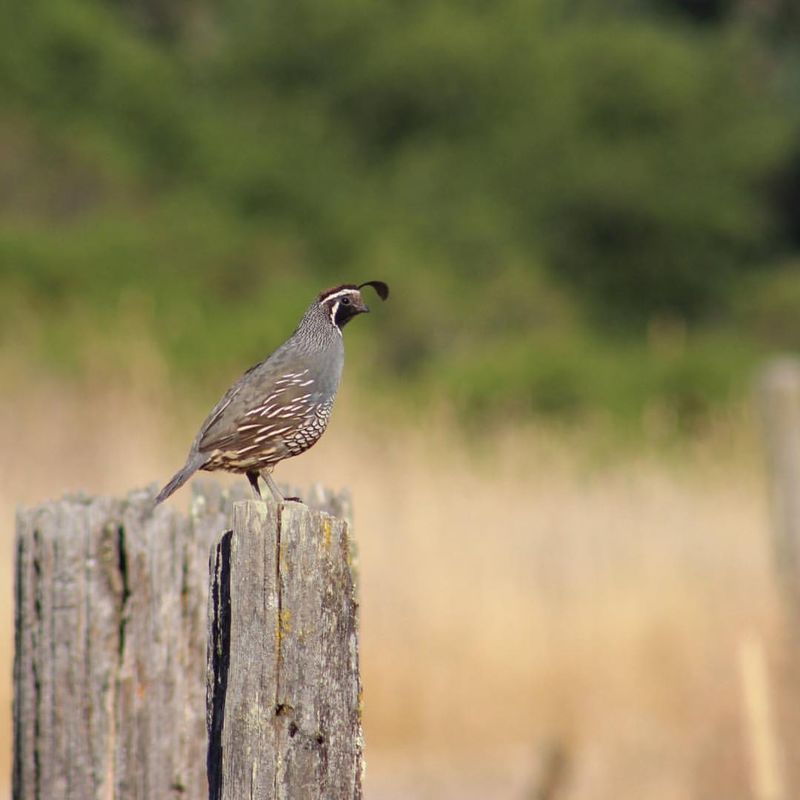
Quails experience a relatively short lifespan in the wild, often ranging from 2 to 5 years. Their life journey begins as vulnerable chicks, quickly learning essential survival skills from their parents. This rapid learning phase is critical, as they must mature swiftly to navigate the challenges of their environment.
Despite their short lifespan, quails exhibit a dynamic life, characterized by frequent reproductive cycles and adaptability to changing conditions. Their ability to produce multiple offspring each year compensates for their brief existence, ensuring the continuation of their genetic lineage.
The lifespan of quails, while limited, is filled with vibrant interactions and contributions to their ecosystems. It highlights the delicate balance of life in the wild and the importance of every stage of their existence. By understanding the life cycle of quails, we gain appreciation for their resilience and the intricate web of life they are a part of.
12. Quail’s Predators And Threats
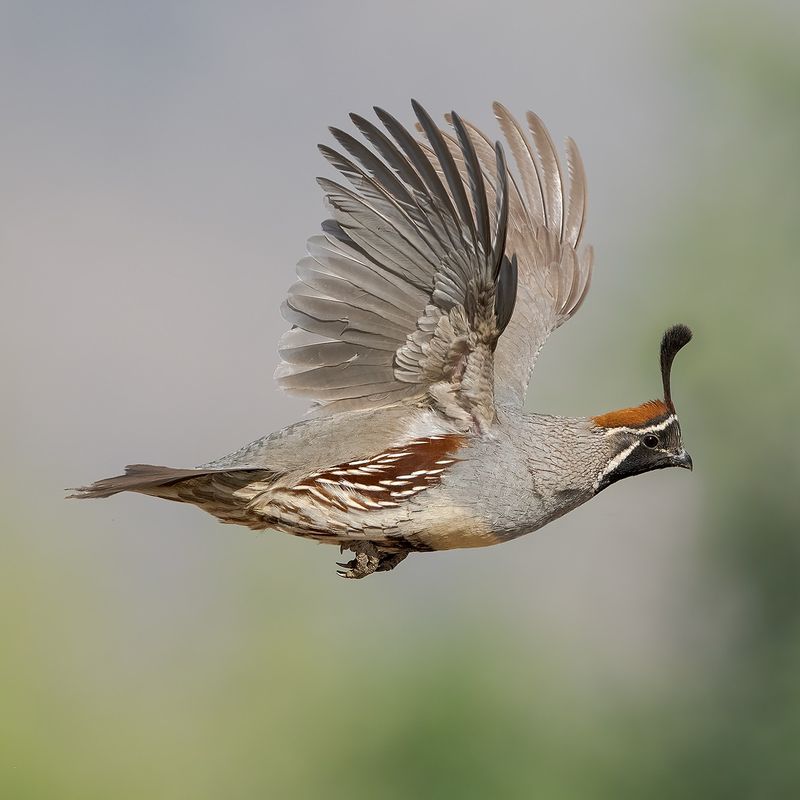
Quails face a myriad of threats from predators, which include mammals, birds of prey, and reptiles. Their small size makes them vulnerable, and they must rely on their agility and camouflage to evade these dangers. The presence of predators is a natural part of their ecosystem, maintaining population balance and natural selection.
Human activities, such as hunting and habitat destruction, add additional pressures on quail populations. While hunting may be regulated, habitat loss from urbanization reduces their available safe spaces.
Despite these threats, quails employ various strategies to survive, such as forming coveys for protection and nesting in concealed locations. Understanding the challenges quails face underscores the importance of conservation efforts to mitigate human impact and ensure their continued presence in the wild. Their interaction with predators and threats highlights the complexity of ecological relationships and the need for balanced coexistence.
13. Quail DNA And Genetics
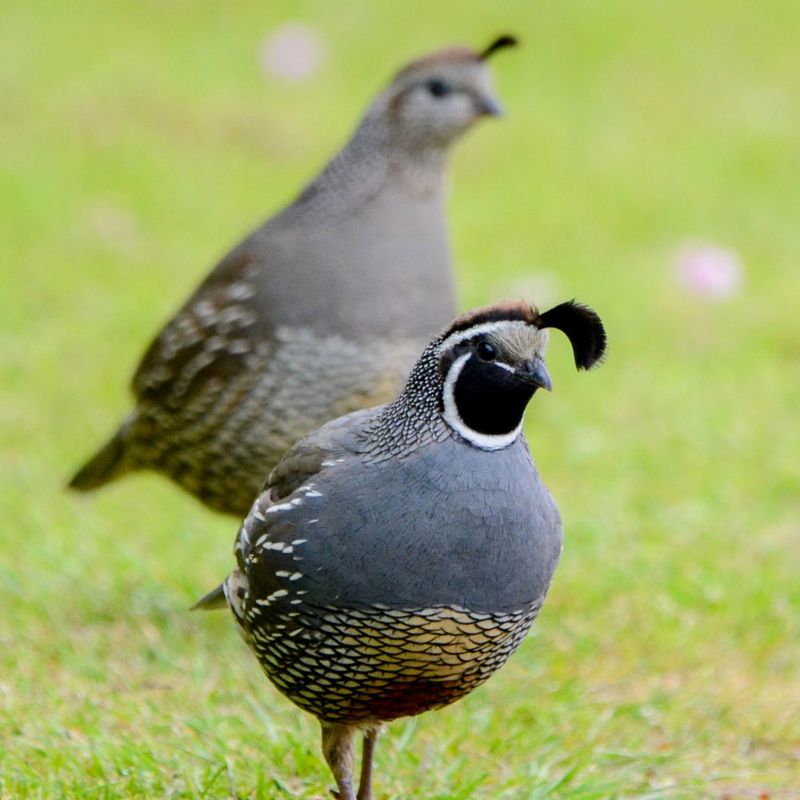
The study of quail DNA and genetics provides fascinating insights into their diversity and evolutionary history. Genetic analysis reveals significant variation among quail species, reflecting their adaptation to different environments and ecological niches.
Understanding the genetic makeup of quails aids in identifying traits that contribute to their resilience and adaptability. This knowledge is particularly valuable for conservation efforts, as it informs strategies to preserve genetic diversity and enhance breeding programs.
The genetic complexity of quails underscores the intricacies of evolution and the role of genetics in shaping species. By delving into their DNA, researchers can uncover the secrets of their survival strategies, offering a glimpse into the broader mechanisms of life on Earth.
Quail genetics serves as a reminder of the interconnectedness of all living organisms and the ongoing journey of discovery in the natural world.
14. Quail’s Symbolism In Literature
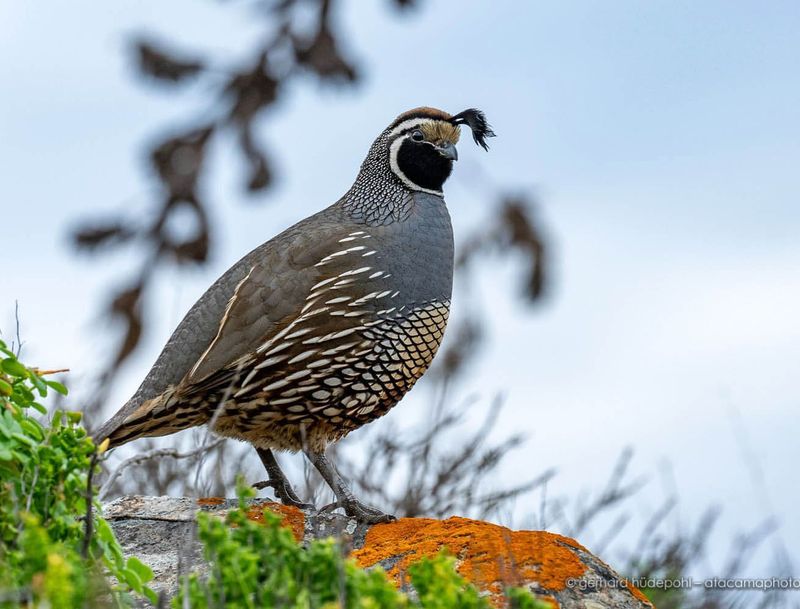
In literature, quails symbolize a range of themes, from resilience and adaptability to community and freedom. Their depiction in stories often mirrors their real-life traits, offering allegorical lessons about overcoming adversity and embracing change.
Quails are frequently used as metaphors for characters that embody these qualities, illustrating the connection between nature and human narratives. This symbolism enriches literary works, providing depth and meaning to storytelling.
By understanding the symbolism of quails in literature, we gain insights into the universal themes that resonate across cultures and time periods. These literary representations celebrate the quail’s influence on human imagination and the enduring power of nature as a source of inspiration.
Quails in literature serve as reminders of the interconnectedness of life and the shared stories that unite us all.
15. Quail’s Mating Rituals
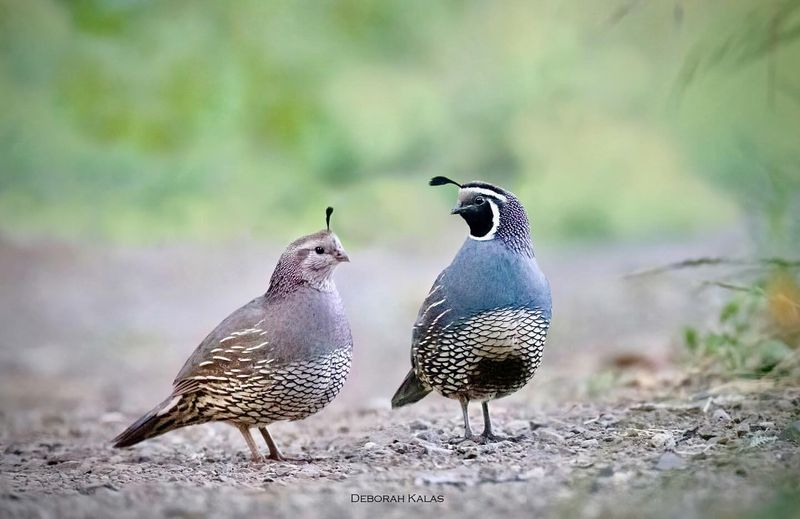
The mating rituals of quails are fascinating displays of courtship and communication, reflecting their complex social behaviors. During the breeding season, male quails perform elaborate dances and vocalizations to attract females, showcasing their fitness and potential as mates.
These rituals are not just about physical displays; they involve intricate communication through calls and postures, establishing bonds and mutual understanding between pairs. The success of these rituals often determines the formation of pairs and subsequent reproductive success.
Observing quail mating rituals provides valuable insights into their social dynamics and the evolutionary pressures that shape their behavior. These rituals highlight the importance of communication and cooperation in the natural world, emphasizing the intricate dance of life that governs all species.
The beauty of quail mating rituals reminds us of the diverse and captivating behaviors that exist within the animal kingdom.

